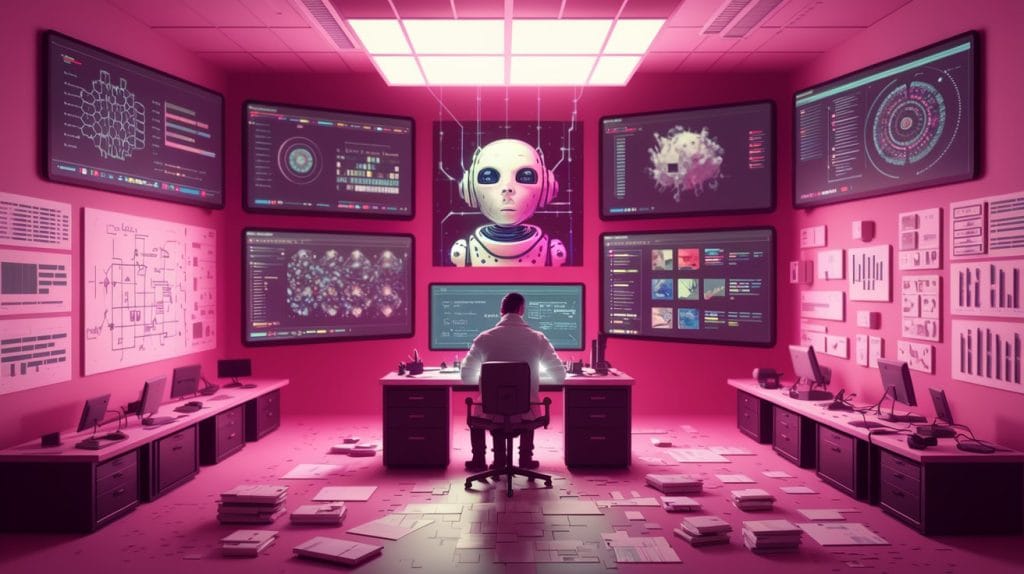Artificial Intelligence (AI) and Machine Learning (ML) have transitioned from being mere buzzwords to becoming indispensable technologies that drive innovation across industries. From healthcare and finance to entertainment and logistics, AI and ML are revolutionizing how businesses operate and how individuals interact with technology.
Understanding AI and ML
- Artificial Intelligence (AI): AI refers to the simulation of human intelligence in machines. These systems are designed to perform tasks that typically require human intelligence, such as reasoning, problem-solving, understanding language, and recognizing patterns.
- Machine Learning (ML): A subset of AI, ML focuses on enabling machines to learn from data and improve their performance over time without being explicitly programmed. By analyzing patterns and trends in data, ML algorithms make predictions and decisions.
The Development Process of AI and ML
Developing AI and ML systems involves several key steps:- Problem Definition: Clearly defining the problem to be solved is the foundation of AI and ML development. Understanding business objectives and identifying the role of AI/ML in achieving them is critical.
- Data Collection and Preparation: High-quality data is the backbone of AI and ML. This involves gathering relevant datasets, cleaning them, and ensuring they are structured for analysis.
- Model Selection: Depending on the problem, developers choose appropriate ML models, such as decision trees, neural networks, or support vector machines.
- Training and Testing: The selected model is trained using historical data and tested on unseen data to evaluate its performance.
- Deployment and Monitoring: Once the model is fine-tuned, it is deployed in real-world environments. Continuous monitoring ensures the model performs as expected and adapts to new data.
Key Technologies and Tools in AI and ML Development
- Programming Languages: Python and R are widely used for their extensive libraries and frameworks like TensorFlow, PyTorch, and Scikit-learn.
- Cloud Platforms: Services like AWS, Google Cloud AI, and Azure AI provide scalable infrastructure for developing and deploying AI/ML models.
- Big Data Technologies: Tools like Apache Hadoop and Spark enable the processing of massive datasets essential for AI and ML projects.
Applications of AI and ML
- Healthcare: AI-powered diagnostics, predictive analytics, and personalized medicine are transforming patient care.
- Finance: Fraud detection, algorithmic trading, and credit scoring are examples of ML-driven innovations.
- Retail: Recommendation systems, inventory management, and customer sentiment analysis enhance the shopping experience.
- Autonomous Vehicles: AI algorithms power self-driving cars, enabling real-time decision-making and navigation.
- Entertainment: AI curates personalized content, powers virtual assistants, and creates immersive experiences in gaming.
Challenges in AI and ML Development
Despite their potential, AI and ML development come with challenges:- Data Privacy and Security: Ensuring the ethical use of data and protecting it from breaches are critical concerns.
- Bias in Models: Training data can inadvertently introduce biases, leading to unfair or inaccurate predictions.
- Computational Costs: Training complex models requires substantial computational power and resources.
- Skill Gap: The demand for skilled AI and ML professionals often outpaces supply.

